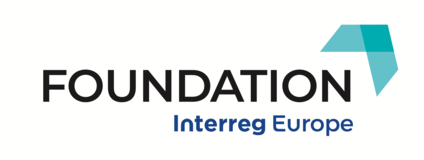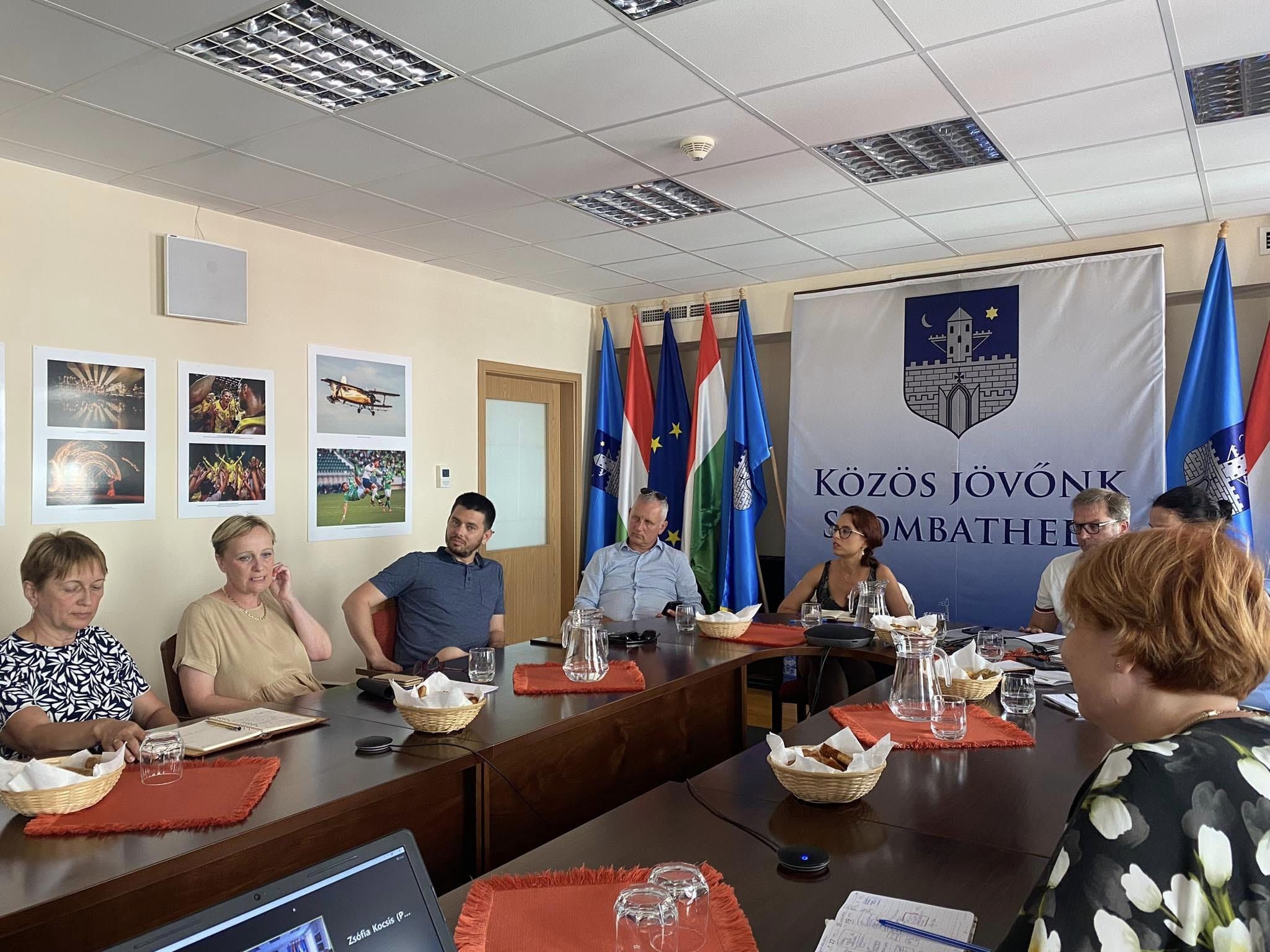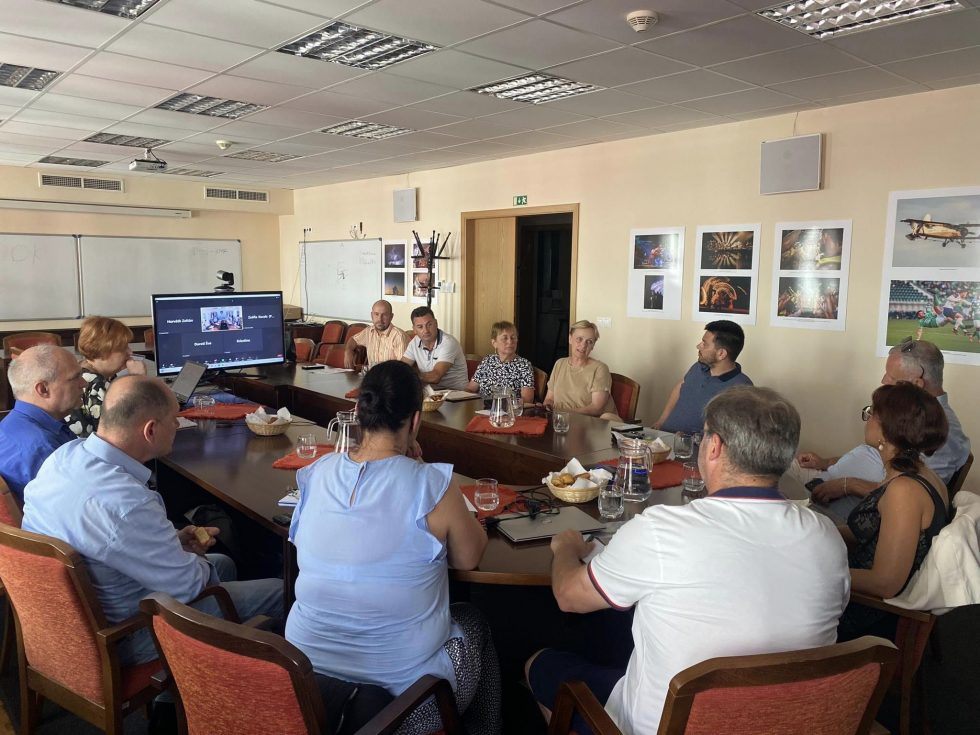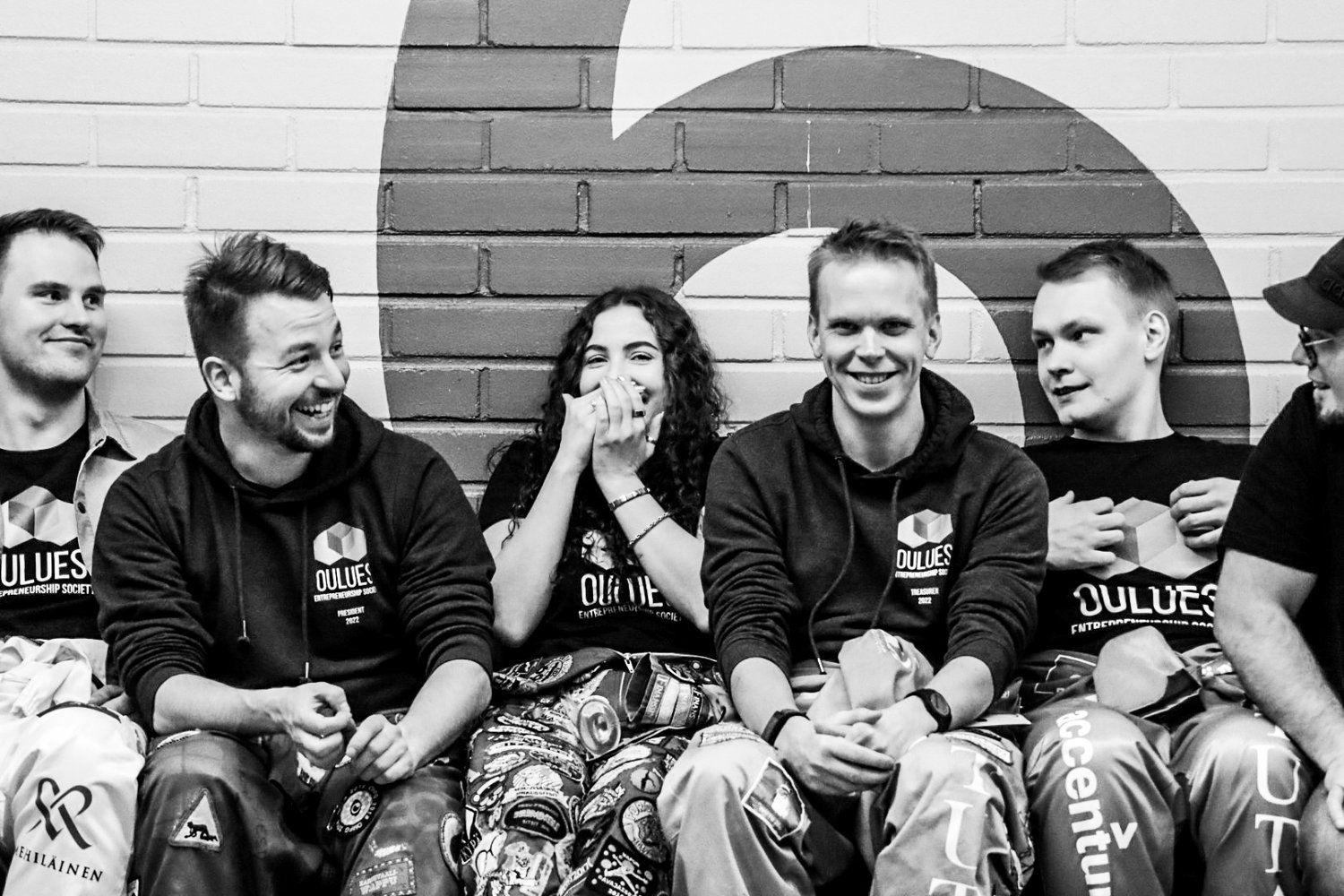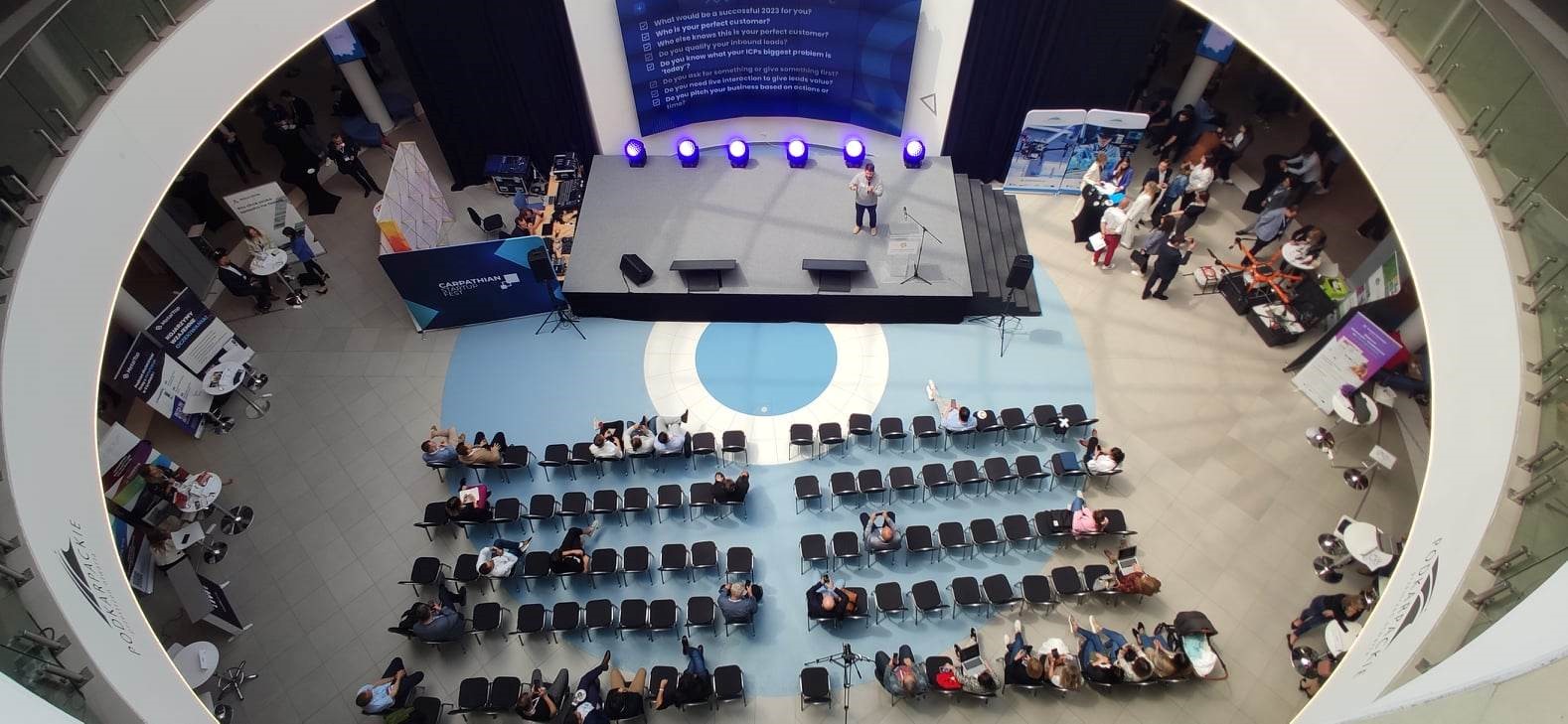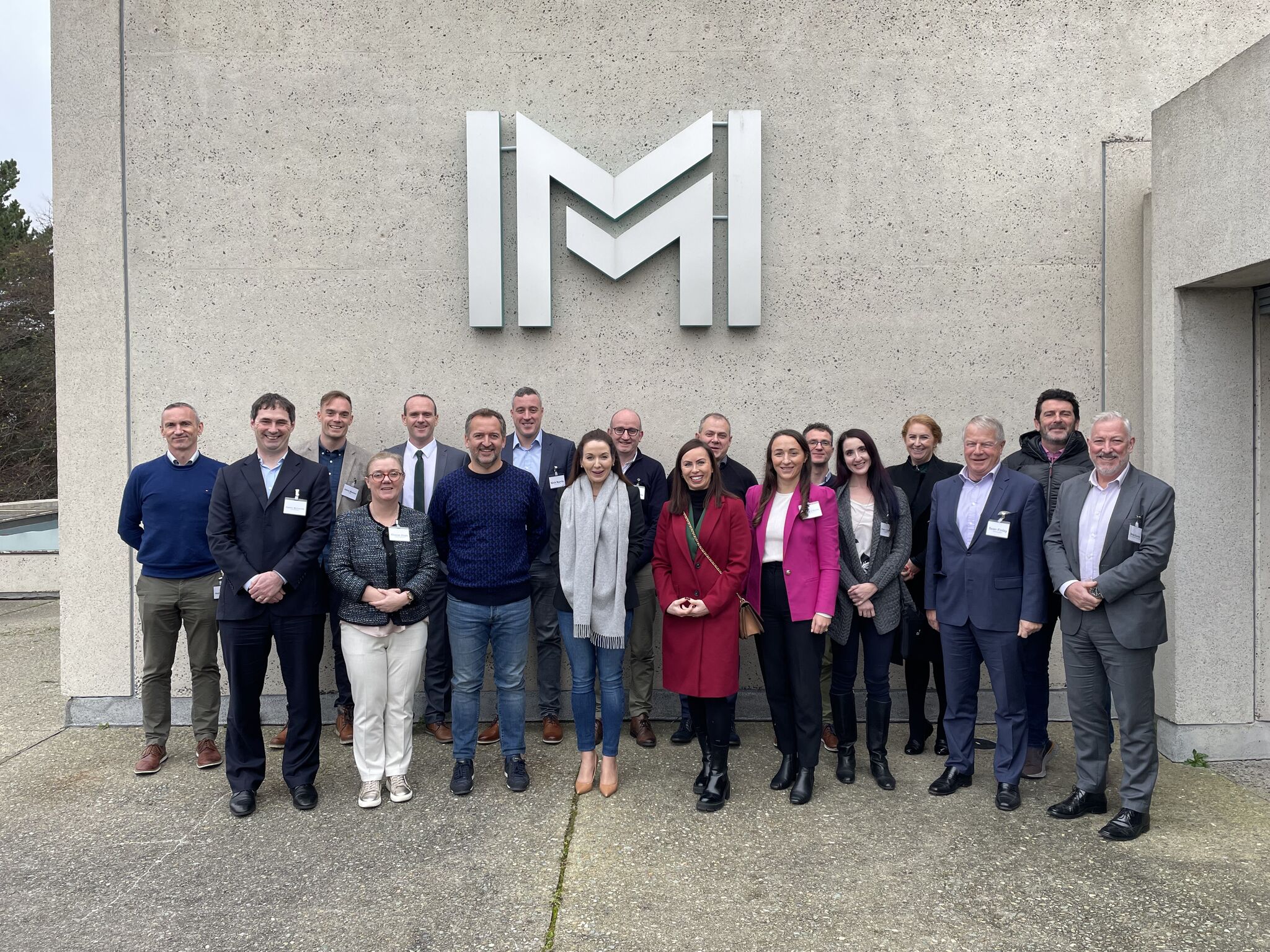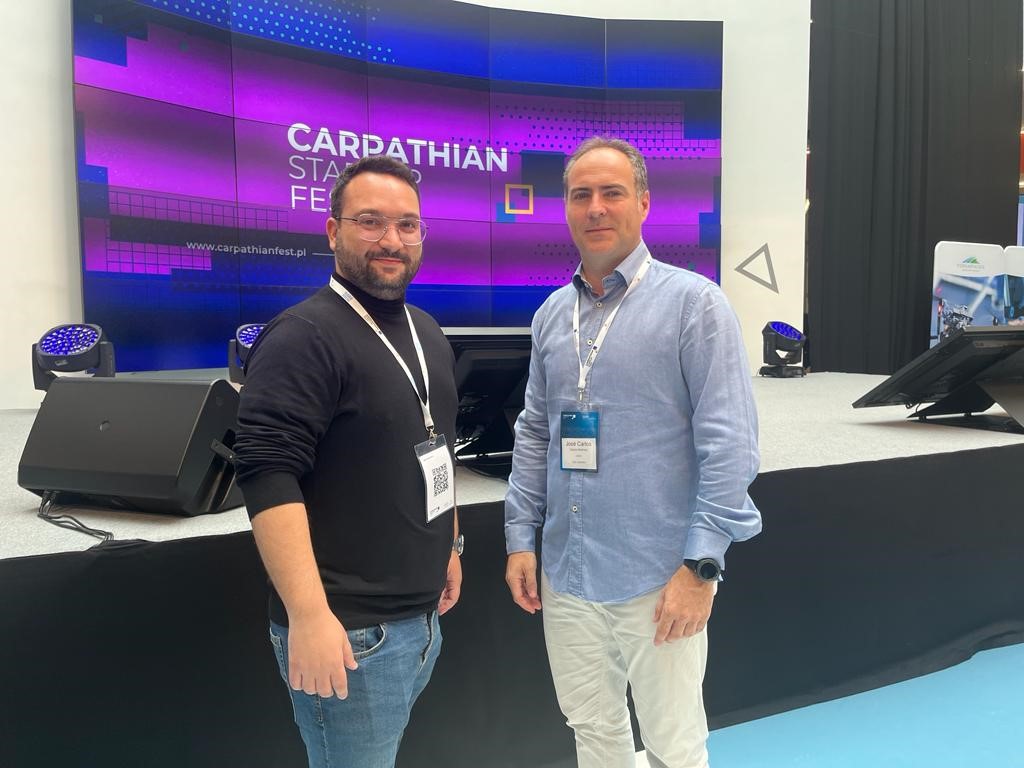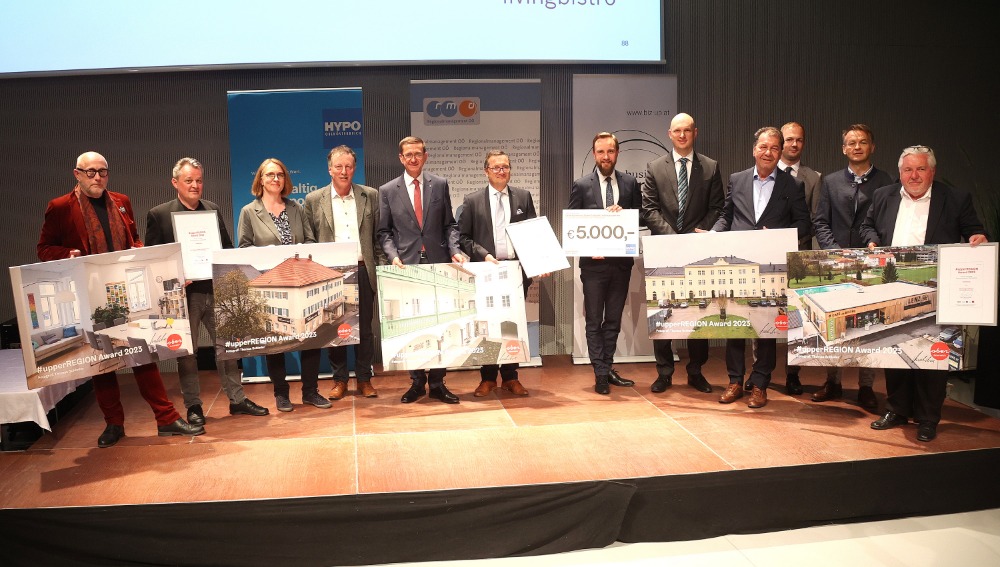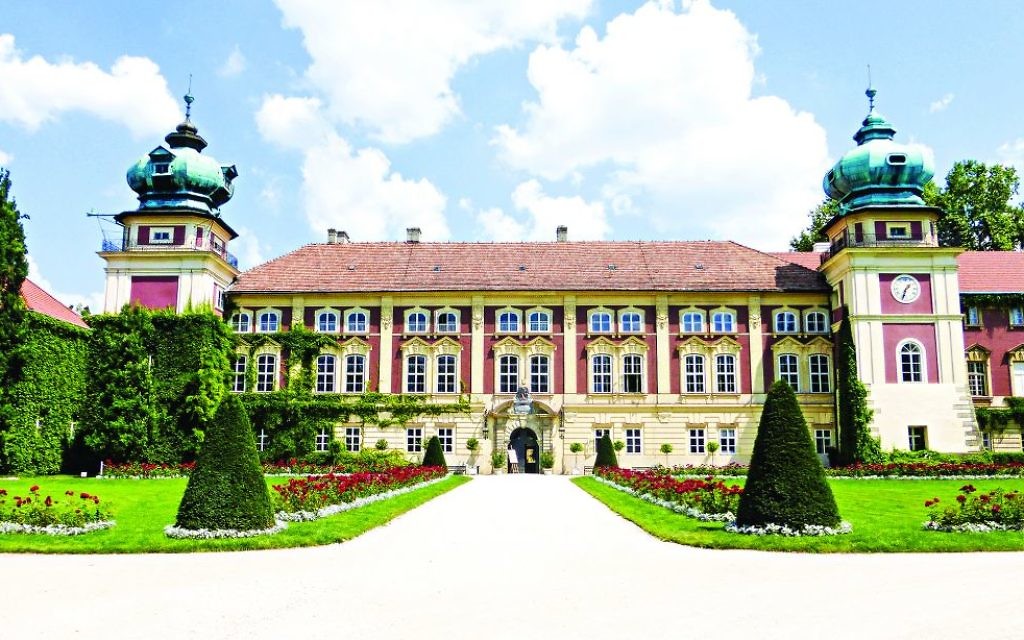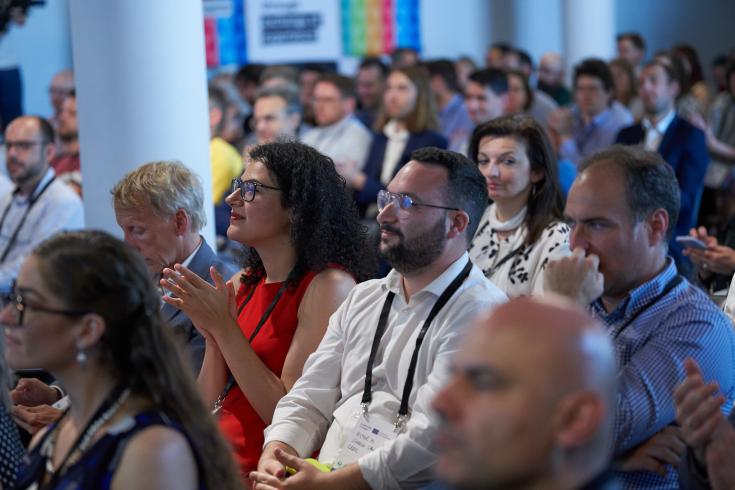CEEIC has produced the Spanish Regional Analysis for the city of Cartagena, as part of the Foundation project. The Analysis offers a detailed view on the economy, industry, business and innovation system in Cartagena and the Region of Murcia. It also contains the story of Mecánicas Bolea, as case study for resilience. It is a growing family-owned industrial company, founded in 1985, that has successfully evolved and overcome different industrial crisis to become one of the most successful companies in the area.
The city of Cartagena is a coastal municipality in the Region of Murcia, located in the South-East of Spain. It has 214,802 inhabitants, being the second largest city in the Region. Cartagena main economic sectors are agriculture, fishing, industry, tourism, and trade. A shipyard, a prosperous port that serves freight trade and tourism, military presence, and 5 universities settled in the city are key for the local economy. The main industry activities are food, beverages, energy, plastics and metal and machinery. Industry concentrates no less than a 59% of R&D investment. Large companies such as Repsol, Enagas and SABIC are present in Cartagena. This sector has faced several crises in the last decades. By its intensity, 1990s crisis is mere to mention. Large companies closed or restructured, and unemployment rose by 50% in the period 1990-1994.
The Region of Murcia has experienced a GDP, population and exports growth above national average in recent times. However, its GDP per person, R&D investment, and high-tech employment remain below national average. In fact, R&D accounts for 0,92% of regional GDP (2020), falling below EU average (2,08%), and high-tech employment account for 1,5% of total employment, below 4% that accounts in overall Spain. Murcia is considered as a “Moderate Innovator”, according to the Regional Innovation Scoreboard 2019 (RIS 2020).
The Region has developed a supportive infrastructure to underpin technological entrepreneurship, consisting on public and private coworking centres, municipal business incubators, and a rich network of universities, development agencies and technology centres. There are also a number of policy placers, such as the Regional Development Agency (INFO), Seneca Foundation, Regional Ministry of Health, Regional Ministry of Water, and the local European Entrepreneurial centres of Murcia and Cartagena (CEEIM and CEEIC).
Mecánicas Bolea is the case study of economic restructuring for the Region of Murcia. It is a family-owned company focused on the provision of global solutions on machines and its components. Its annual turnover is over 20 million euros, and have over 230 employees. Their services are present in Iceland, United Kingdom and Middle East. It continuous to expand and evolve at all levels, in which has become its modus vivendi. They live up to the phrase “they can because they believe they can”.
This company was born and raised within the crisis. It was created in 1985, pushed by the unemployment situation of their founders and the crisis situation of the industry sector. A few years later, the above-mentioned 1990s industrial crisis struck the company, and, in 2008, the Great Recession struck again. Resilience is, for Mecánicas Bolea, a keyword. In response to the crisis, the company relocated workers among departments, assessed staff knowledge to adapt its services to the demand, and more recently, they developed 3 lines of action: Broaden horizons and find new types of clients, align employees’ profiles with market needs, foreseeing the future needs, and offering an all-in-one solution for the needs of the clients.
Mecánicas Bolea has put the accent in versatility, flexibility, multitalented and trained workforce and resourceful service. They have shown that resilience and adaptation is the key aspect to overcome potential crisis and evolve to get adapted to the new business model and new business context.
Cartagena is a dynamic city. Its industry has been through an evolution that has affected its citizens and companies. Mecánicas Bolea is a master case that shows us a way towards resilience, on how to adapt and evolve with the environment.
